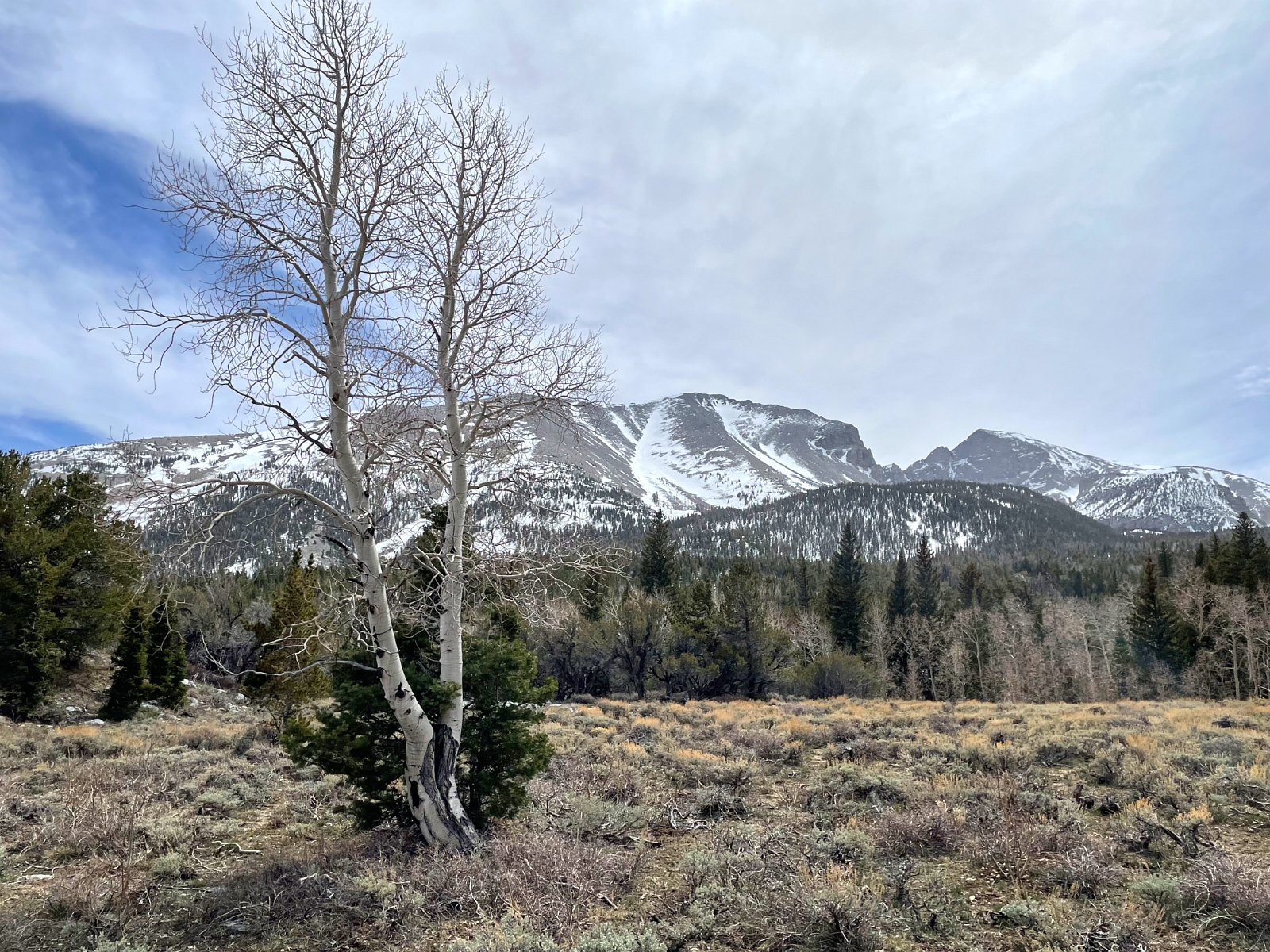The free turkey delivery is convenient, but how to choose?
Maybe let’s think bigger… behold Turkulon – “The Feathered Avenger of Death” from New World:
We had the van loaded up and we had just headed out on our next extended road trip, this time up to Alberta and British Columbia for a few weeks – but we didn’t even make it out of town before this happened:

We were off to a very late start and had numerous unhelpful things come up that morning – and Darlene was just realizing she had forgotten her phone (you can hear her calling it to locate it) – and then… the impact. It was immediately clear that we weren’t going anywhere now and there would be who knows how much hassle ahead to deal with whatever had just happened.
We were fine and the cats were fine. The kids who slammed into us didn’t have their seat belts on though. One ended up slamming his teeth into steering wheel, the other had his head smashed into the windshield, bits of glass in his forehead and he was bleeding at the scene. We encouraged them to go to the hospital.
So yeah, a very abrupt end to our road trip. Can’t open the cargo doors any more but we managed to squeeze the bikes and all of our gear out through the front opening under the bed to unload everything. The van is now back up in Vancouver, WA at Van Haus Conversions where the original custom build was done. All of the interior installation (cabinets, walls, insulation, wiring, plumbing, etc) needs to be removed before a body shop can tackle the exterior damage. Then it will all need to be rebuilt again after the body work is completed. Plus the flooring will need to be replaced as it was buckled from intrusion by the cargo doors being crushed.
Very bummed. I can’t help but think that if we’d left a minute earlier or later we would have missed this whole mess. But then perhaps that young driver who somehow didn’t see this big white van slow down in front of them would’ve run over that woman and her dog. We’ll never know. But what’s with that Volvo sitting at the green light the whole time, eh?
Click through for the full gallery of the damage:
Update (end of March 2023): Six months later and the van is still at the body shop. It’s been a long series of setbacks, delays and excuses (mostly from the body shop) and it’s still doesn’t even look close to ready to go back to my van builder, Van Haus, so that they can rebuild the interior. Maybe I’ll document all of that mess at some point, but in the meantime I’ve added a bunch of the blurry photos the body shop has sent me over the past few months to the gallery:
Update (early May 2023): The body shop finally finished and now the van goes off to Van Haus to have the interior rebuilt.
Update (mid-August 2023): The van rebuild is finally complete! Almost an entire year lost – and we’ve only had it three years since it was originally completed in August of 2020.

These are pictures from spending four days in Great Basin National Park in mid-April (with the cats, of course) – driving up to the Mather Overlook (the road was still closed beyond that point due to snow), hiking up the Baker Creek Trail and the Lehman Creek Trail, taking the Lehman Caves tour and venturing around to the remote southern tip of the park to hike up to Lexington Arch.
I want to go back sometime and do the hike to the top of Wheeler Peak (elevation 13,065 ft / 3982 m).

Rachel and Vishal get a taste of virtual reality (VR):
And a bit of Quacks of Quedlinburg:
I took off in an F/A-18E jet from Truckee airport and visited most of the Tahoe area ski resorts in 12 minutes or less:
Starting with the wonderfully imposing monolith from Return to Dark Tower:
…and continuing with clan conflict in Inis, a jungle race in The Quest for El Dorado, city planning in Suburbia, back-stabbing cooperation in Cutthroat Caverns, murderous philosophy in Trial by Trolley, breeding pea plants in Genotype, holding back the inevitable dike failure in Lowlands, interstellar warfare in Cosmic Encounter, rail building in Iberian Gauge and feeding your friends to sharks and sea monsters in Survive: Escape from Atlantis!
More gaming in early February at the Tahoe house: Gamers Gone Skiing.
March update: Surviving an alien infestation in Nemesis, wheeling and dealing in Chinatown real estate, running around an Istanbul market, building power plants in Power Grid, working the financial markets in Speculation, evolving your sea creatures in Oceans, getting your pirates out in Cartagena, reaching the dramatic end to our months-long campaign in the The King’s Dilemma, arranging a group photo in Picture Perfect, betting and cheating on horses in Long Shot: The Dice Game, surviving in the paleolithic in Paleo, fighting foes in Return to Dark Tower, pulling off a difficult heist in Burgle Bros and racing crazed camels in Camel Up.
Also lots of game sessions without pictures: horse racing bets and cheats in Long Shot: The Dice Game, maneuvering a Parade of Alice in Wonderland characters, deducing the murderer and motive in Deception: Murder in Hong Kong, serving up beer in Taverns of Tiefenthal, shooting it out with Finger Guns at High Noon, more clan conflict in Inis, and a bunch of sessions with The Crew: The Quest for Planet Nine and The Crew: Mission Deep Sea.